These extraordinary felines exist in such small numbers that spotting one feels like discovering a hidden treasure.
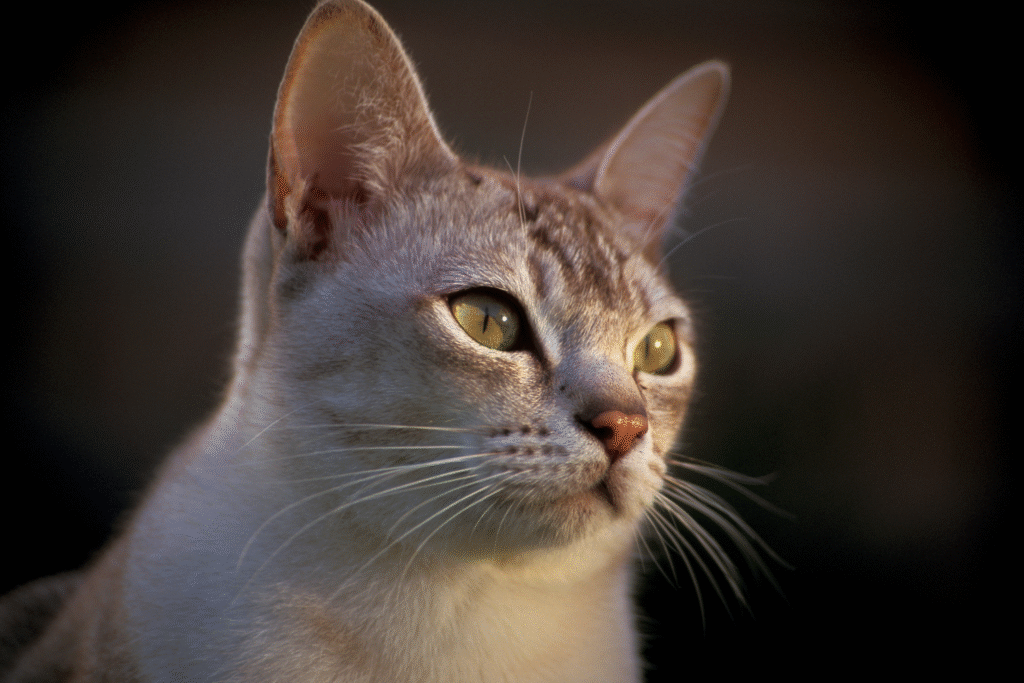
Most cat lovers think they know all the breeds worth knowing – Maine Coons, Persians, maybe a Siamese if they’re feeling exotic. But hidden in the shadows of the feline world are breeds so rare that even dedicated cat enthusiasts have never encountered them in person. These aren’t your neighborhood shelter cats or the breeds filling up pet store windows across America. Instead, they represent some of the most exclusive, difficult-to-find, and breathtakingly beautiful cats on the planet. Many of these breeds have waiting lists years long, price tags that rival luxury cars, and bloodlines more carefully tracked than royal family trees.
1. Kurilian Bobtails have fewer than 100 individuals living in America.
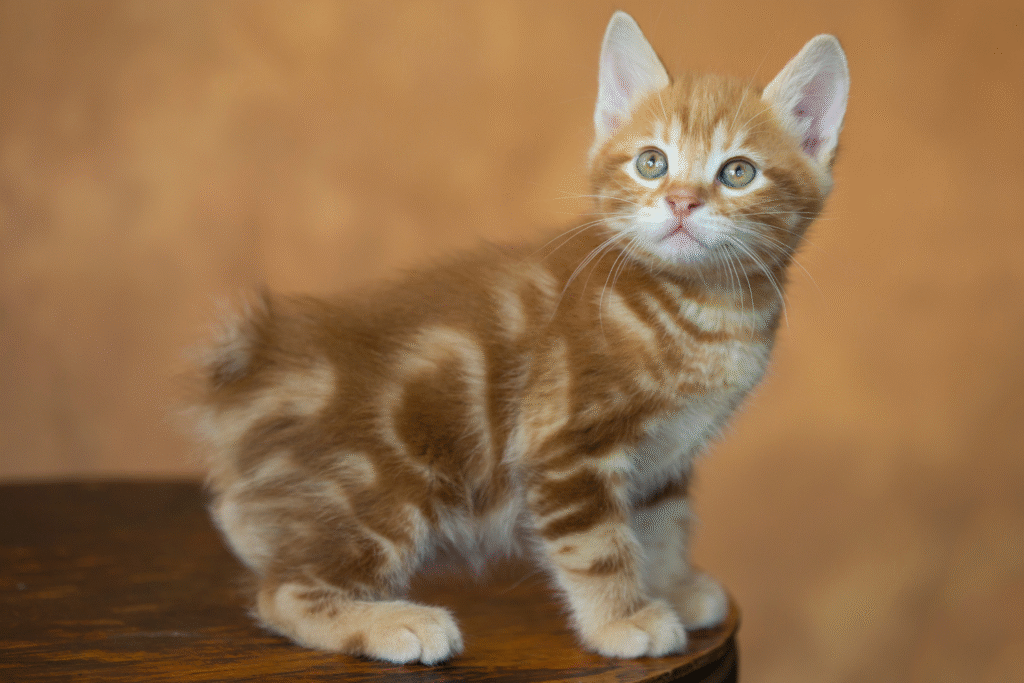
According to The International Cat Association registration statistics, fewer than 100 Kurilian Bobtails exist in the United States, making them one of the rarest breeds you could possibly encounter. These medium-sized Russian natives sport distinctive pom-pom tails that contain anywhere from 2 to 10 vertebrae kinked in completely unique directions. Each tail becomes as individual as a fingerprint, ensuring no two Kurilian Bobtails look exactly alike.
Finding a breeder requires serious detective work and even more serious financial commitment – these cats can cost thousands of dollars when you’re lucky enough to locate one. Their intelligence and inquisitive nature make them exceptional companions, but their rarity means most Americans will never see one outside of cat show photographs. They’re essentially the unicorns of the domestic cat world, existing in numbers so small that encountering one feels genuinely magical.
2. Korats remain rare outside Thailand due to strict breeding limitations.

The silvery-blue Korat faces significant restrictions on breeding and exportation from its homeland of Thailand, making them exceptionally uncommon in American households. Perhaps tradition dictates that limits on breeding and population are quietly imposed, ensuring only the upper hierarchy or those fortunate enough to receive a Korat as a gift can obtain these sacred cats, as reported by PetMD. Their stunning blue coats and heart-shaped faces have captivated people for centuries, but their scarcity keeps them out of reach for most cat lovers.
These “good luck cats” were originally kept as temple companions and remain deeply embedded in Thai culture and tradition. Even when Korats occasionally appear in American rescue shelters, they’re often misidentified due to their rarity and similarity to other blue-colored breeds. The combination of cultural significance, export restrictions, and extremely limited breeding programs means finding a legitimate Korat breeder in the US requires patience, connections, and considerable financial resources.
3. Sokoke cats earned recognition as the world’s rarest domestic breed.
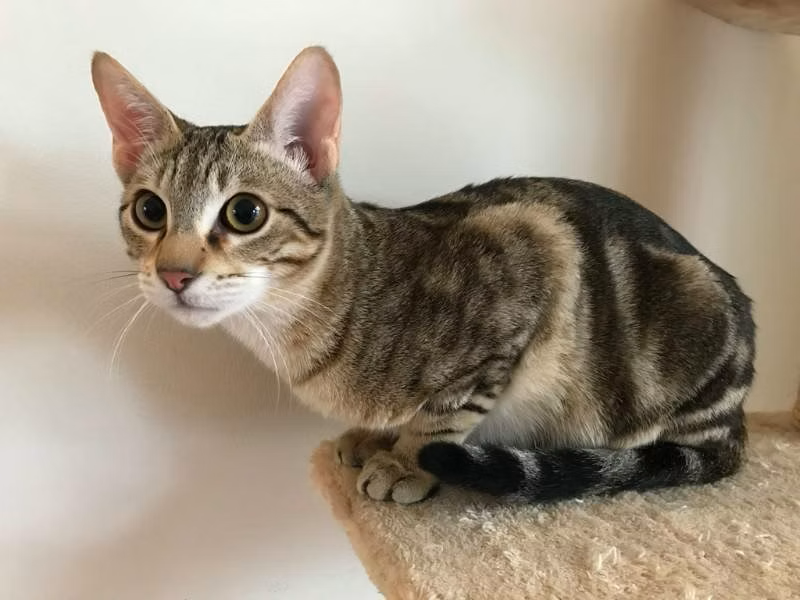
The UK’s Governing Council of the Cat Fancy has officially designated the Sokoke as the rarest domestic cat breed in the world, according to breed registry documentation. These Kenyan forest cats were once thought to be wild hybrids, but DNA testing revealed their ancestry traces back to Asian cats descended from Arabian wild cats. Their distinctive tabby patterns and athletic builds reflect their origins in the Sokoke-Arabuke forest, where they developed unique characteristics adapted to their specific environment.
Importing a Sokoke to the United States involves navigating complex international breeding agreements, health certifications, and astronomical costs that can exceed luxury car prices. Even when breeders exist, waiting lists often stretch for years because these cats have small litters and strict breeding protocols designed to preserve their genetic integrity. Their friendly, energetic personalities make them wonderful companions, but their extreme rarity means most people will only ever see them in photographs or specialized cat shows.
4. Turkish Vans became protected treasures in their homeland.

Turkey designated these swimming cats as regional treasures, leading the government to severely limit exports to other countries and making them exceptionally rare globally. Their distinctive white coats with colored markings on heads and tails create striking appearances that immediately catch attention. Turkish Vans possess unusual water-loving tendencies that set them apart from typical domestic cats, often seeking out opportunities to swim or play in water sources.
The Turkish government’s protective stance means legitimate breeding programs outside Turkey remain extremely limited and carefully controlled. American breeders must navigate international regulations, cultural sensitivities, and complex importation processes that can take years to complete. Even successful imports result in cats costing tens of thousands of dollars, with waiting lists that extend far into the future due to the breed’s protected status and limited availability.
5. American Wirehairs developed from a single genetic mutation in New York.

This uniquely American breed originated from one spontaneous genetic mutation in a New York barn, creating cats with distinctive wiry coats that feel completely different from normal feline fur. Unlike their American Shorthair relatives, these cats possess crimped, springy hair that gives them an almost sheep-like texture. The limited genetic foundation means breeding programs remain small and carefully managed to maintain genetic diversity while preserving the unique coat characteristics.
Most people outside the Northeast have never encountered an American Wirehair due to their concentrated breeding population and limited distribution networks. Their rodent-hunting abilities and hardy nature make them excellent working cats, but their unusual appearance and rarity keep them out of mainstream cat ownership. Finding a breeder often requires extensive networking within cat fancy circles and willingness to travel significant distances for the right kitten.
6. Chartreux cats maintain their mysterious French monastery origins.

These blue-coated French natives allegedly lived quiet, monastic lives when Crusaders brought them to Carthusian monasteries, developing their characteristically silent nature. Their muscular builds and exceptional hunting skills made them valuable monastery companions, but their quiet temperaments and tendency toward independence keep them rare in modern American households. Chartreux cats rarely vocalize, preferring to communicate through body language and subtle gestures.
Authentic Chartreux bloodlines remain concentrated in France, with American breeding programs operating under strict oversight to maintain breed purity and characteristics. Their hunter heritage means they require mental stimulation and physical challenges that many casual cat owners aren’t prepared to provide. The combination of limited breeding stock, specific care requirements, and historical significance keeps these cats exclusive to dedicated enthusiasts willing to invest significant time and resources.
7. Egyptian Maus represent living connections to ancient pharaohs.

These naturally spotted speedsters can reach 30 mph and maintain direct genetic connections to cats depicted in ancient Egyptian artwork spanning thousands of years. Only about 7,000 Egyptian Maus exist in official breed registries worldwide, making them among the rarest pedigreed cats available to private owners. Their distinctive spots occur naturally rather than through selective breeding, creating unique patterns that vary significantly between individuals.
The breed’s ancient heritage comes with modern challenges – limited genetic diversity requires careful breeding programs that prioritize health and genetic strength over quantity. American breeders typically maintain waiting lists and conduct extensive screening processes to ensure suitable homes for these historically significant cats. Their high energy levels and intelligence demand interactive environments that many typical households aren’t equipped to provide consistently.
8. LaPerm cats started with one curly-haired kitten named Curly.
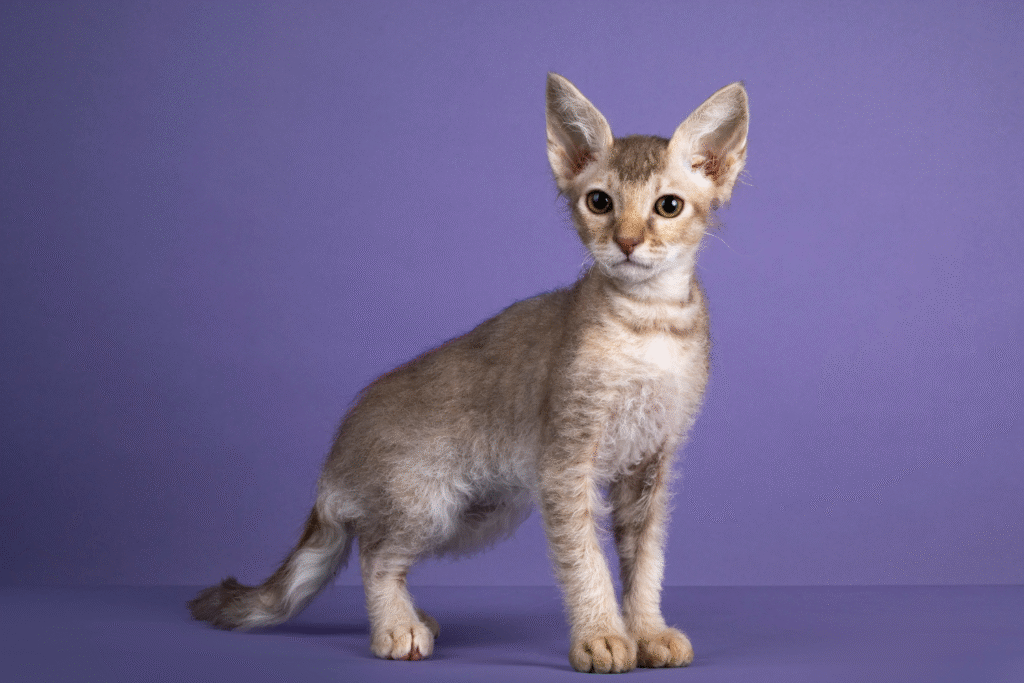
Linda Koehl’s surprise curly-haired kitten in 1982 launched an entire breed based on a spontaneous genetic mutation that created permanent waves in feline fur. The resulting LaPerm cats possess coats that range from loose waves to tight ringlets, creating unique appearances that vary even within the same litter. Their clown-like personalities and mischievous tendencies make them entertaining companions, but their recent breed development means finding established bloodlines remains challenging.
Breeding programs remain concentrated in specific geographic regions, primarily the Pacific Northwest where the breed originated. Their coat genetics require careful management to maintain the curly characteristics while avoiding health issues associated with limited genetic foundations. Most Americans encounter LaPerms only at specialized cat shows or through breed-specific rescue organizations that occasionally receive retired breeding cats.
9. Burmilla cats emerged from an accidental romance between aristocratic breeds.
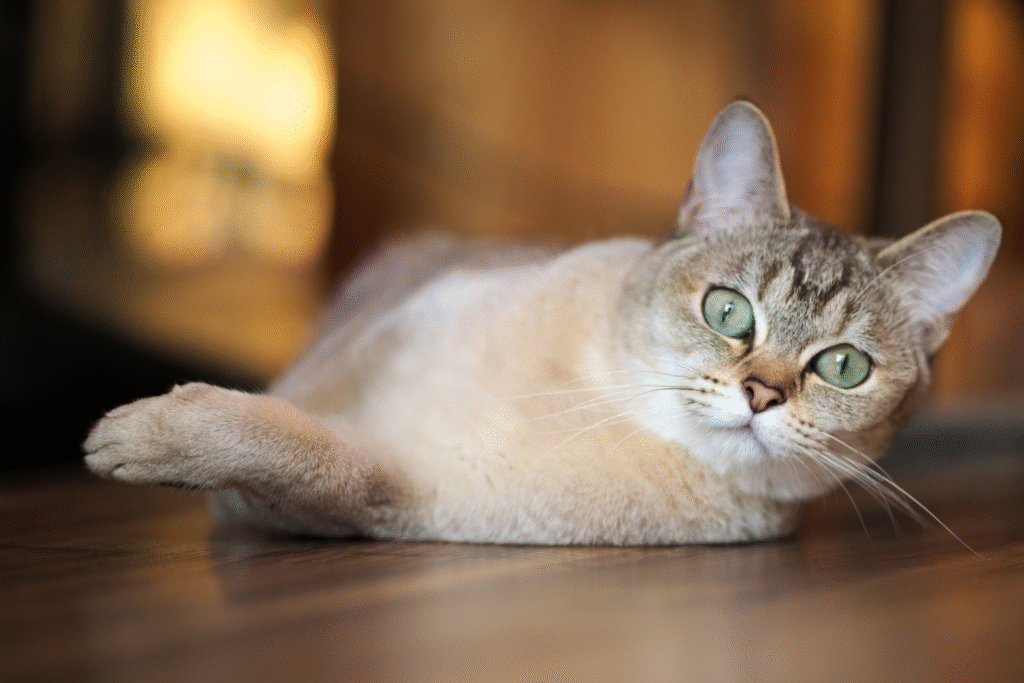
When Baroness Miranda Von Kirchberg’s Chinchilla Persian escaped and mated with a Lilac Burmese, the resulting silver-coated kittens launched a breeding program that remains exclusive decades later. These elegant cats combine the Persian’s laid-back nature with Burmese confidence, creating personalities that balance independence with affection. Their distinctive silver coats and golden eyes create striking appearances that immediately distinguish them from other breeds.
British breeding programs maintain strict standards that limit international exports and keep American populations extremely small. The specific genetic combination required to produce authentic Burmilla characteristics means breeding programs operate with limited genetic material and careful selection processes. Their relative newness as a recognized breed means many American cat registries still don’t acknowledge them, further limiting their availability and recognition.
10. Havana Browns nearly disappeared completely before dedicated rescue efforts.
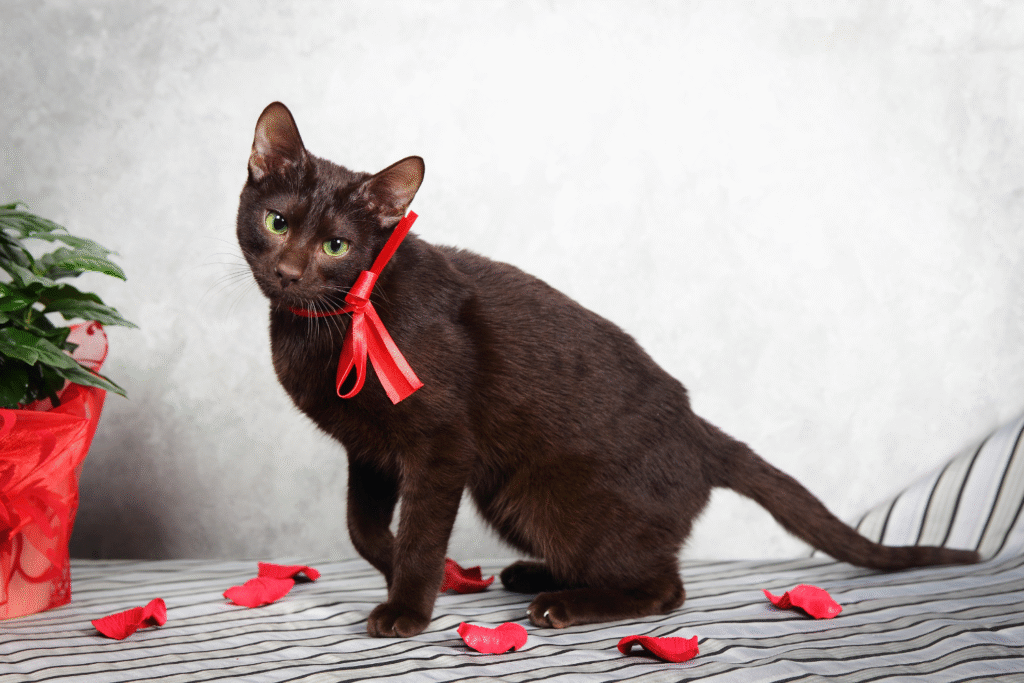
This single-colored chocolate breed lost significant genetic diversity by the 1990s, requiring scientists and breeders to develop comprehensive preservation plans that barely saved them from extinction. Their warm brown coats and teddy bear-like faces captured hearts in the 1950s, but genetic bottlenecking nearly eliminated them entirely. Modern breeding programs operate under strict genetic monitoring to maintain viable populations while slowly expanding their numbers.
Current American breeding efforts involve fewer than a dozen dedicated breeders working with limited genetic material to ensure the breed’s survival. Their development from chocolate point Siamese and black domestic shorthair crosses created unique characteristics that require careful preservation. Finding a Havana Brown kitten typically involves joining waiting lists and working directly with preservation breeding programs that prioritize genetic health over commercial availability.

ys5v88
https://telegra.ph/Cseh-aut%C3%B3p%C3%A1lya-matrica-v%C3%A1s%C3%A1rl%C3%A1s-10-19
qehpru